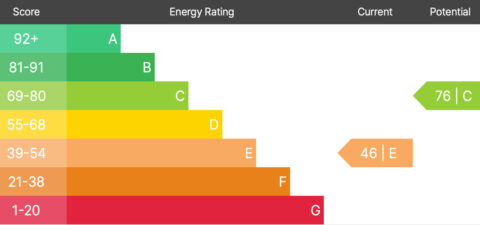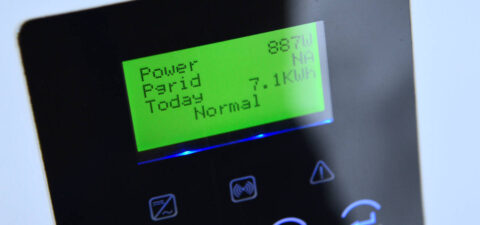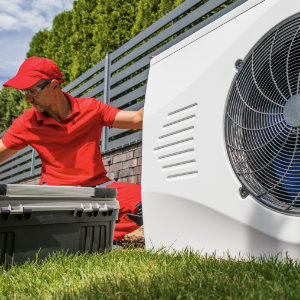Energy labels for washing machines are now displaying average electricity consumed per year based on 220 cycles, regardless of the capacity of the machine. This means we get the absurd situation of the energy label on an A rated 6kg machine saying it uses less energy per year, than a more efficient A+++ 12kg machine – which does double the amount of washing!
Larger capacity washing machines can use more electricity per cycle, however, if you regularly have large loads of washing they are far more efficient per unit of electricity consumed – as they save on the number of loads.
One example is the A rated John Lewis JLWM1404 6kg washing machine, which according to the energy label uses 204 kWh (£29.15) per year.
Compared this the 12kg A+++ Samsung WF1124XAC with an annual consumption of 264 kWh (£37.73) per year, this implies that the A+++ machine is less efficient as it uses more power, even though it does twice as much washing. By ignoring the energy labels an average family could save 110 wash cycles per year.
The most economic and environmentally friendly option for the average family is buy a large drummed washing machine, as you’ll do far more washing per unit of electricity. Lots of manufacturers are now focusing on larger capacity machines, due to their energy saving credentials. It seems crazy that Energy Labels aren’t reflecting this change and are displaying confusing information; the other side effect of this change is that you now can’t compare machines which were tested before the new labelling system was introduced”
Our energy usage calculations are based on average amounts of washing; therefore larger machines tend to be more energy efficient per kg of washing done. With half load options and some with the technology to adjust the water and energy consumption according to the weight of washing, a large capacity machine is appealing if getting all the family’s towels and jeans done in one go is a priority. If consumers buy a large drummed machine, and use them correctly, major savings can be made!

































